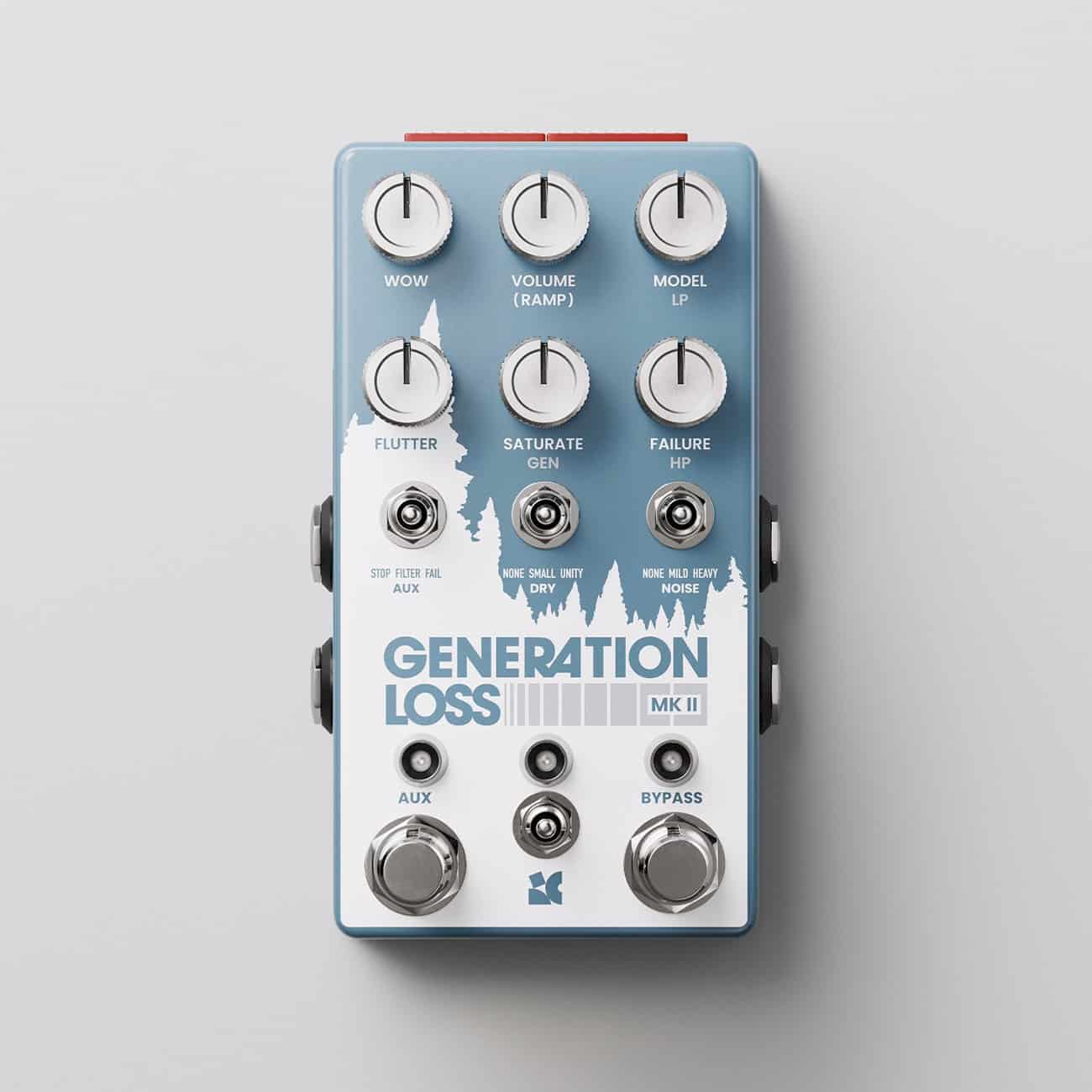Intellectual property (IP) is vital for startups, protecting your innovations, brand identity, and creative works. Patents guard your inventions, trademarks secure your brand’s uniqueness, and copyrights shield your original content. Strong IP rights can enhance your market position and attract investors, driving growth and profitability. Plus, effectively managing your IP helps you avoid costly legal disputes. Want to learn more about navigating the complexities of patents, trademarks, and copyrights? There’s much more to discover!
Key Takeaways
- Understanding and protecting patents, trademarks, and copyrights is essential for startups to secure their innovations and brand identity.
- Patents provide exclusive rights for inventions, crucial for attracting investors and enhancing market competitiveness.
- Trademarks protect brand names and logos, helping startups build recognition and prevent competitor confusion.
- Copyrights safeguard original creative works, offering legal rights to reproduce and distribute content, enhancing startup value.
- Implementing trade secret protections ensures confidential business information remains secure from competitors, supporting long-term growth.
Understanding Intellectual Property

Understanding intellectual property (IP) is essential for any startup, especially since it can significantly impact your business’s success. IP refers to intangible assets created by human intellect, like inventions and creative works.
Familiarizing yourself with the types of IP—patents, trademarks, copyrights, and trade secrets—helps you protect your innovations effectively. Each type serves a different purpose; for instance, patents safeguard inventions, while trademarks identify your goods or services.
Legal measures exist to protect your IP from unauthorized use, and generally, creators or employers own these assets. In today’s knowledge-based economy, leveraging IP provides a competitive advantage, so building a strong understanding of these basics is crucial for your startup’s growth and sustainability.
The Importance of IP for Startups

Having a solid grasp of intellectual property (IP) lays the groundwork for recognizing its significance in your startup’s journey.
Strong IP protection enhances your market position by allowing you to differentiate your brand and safeguard innovative products. This exclusivity not only sets you apart from competitors but also attracts investors who see potential for growth and profitability.
Additionally, a well-protected IP portfolio can increase your startup’s valuation and create diverse revenue streams through licensing. It also helps you avoid costly litigation by preventing infringement.
Overview of Patent Protection

When you’re considering patent protection, it’s essential to understand the different types of patents available and how the application process works.
Utility and design patents serve distinct purposes, protecting functional inventions and ornamental designs, respectively.
Navigating the application process can be complex, but knowing the basics will help you secure your innovations effectively.
Patent Types Overview
Patents play a crucial role in protecting your innovative ideas and creations. There are three main types of patents: utility, design, and plant patents.
Utility patents safeguard the functional aspects of your inventions, covering processes and machines for 20 years from the filing date.
Design patents focus on the aesthetic elements, protecting the appearance of objects for 15 years without requiring maintenance fees.
Plant patents, lasting 20 years, protect new plant varieties developed through asexual reproduction.
Each type has specific eligibility requirements, so understanding which patent fits your invention is essential.
Additionally, there are provisional and reissue patents that offer temporary protection and correct errors, respectively, ensuring you can navigate your intellectual property landscape effectively.
Patent Application Process
While navigating the patent application process might seem daunting, understanding its key steps can make it more manageable.
First, you’ll need to prepare a patent specification that thoroughly describes your invention, adhering to formal requirements set by the patent office.
When filing, you’ll establish a filing date that’s crucial for priority rights and complete the necessary application forms, either electronically or by mail.
After submission, the examiner will review your application, and you might face office actions requiring your response.
Address any rejections thoughtfully, amending claims as needed.
If your application meets all criteria, you’ll receive a patent, granting you exclusive rights for up to 20 years, but remember to pay maintenance fees to keep it valid.
Navigating the Patent Registration Process

Navigating the patent registration process can seem daunting, but you can simplify it by understanding key requirements and procedures.
You’ll need to familiarize yourself with the filing steps and the examination process to ensure your application stands a good chance of approval.
With the right knowledge and preparation, you can effectively secure your intellectual property.
Understanding Patent Requirements
How can you ensure your invention meets the necessary requirements for patent eligibility? First, identify the right type of patent for your invention—utility patents are usually the best fit for startups.
Next, focus on the novelty requirement: your invention must be new and not obvious to someone skilled in the field. It also needs to be useful, demonstrating practical application.
Additionally, ensure it’s significantly different from existing solutions to satisfy the non-obviousness requirement. Conduct a prior art search using databases like USPTO and WIPO to verify your invention’s uniqueness.
You might want to consult a patent attorney to assist with this search, saving you time and potential costs down the line.
Filing Procedures Overview
When you’re ready to file a patent, understanding the steps involved can make the process smoother and less daunting. Start with a patentability search to confirm your invention is novel.
Next, determine the appropriate patent type—utility, design, or plant—and decide between provisional or non-provisional applications. Provisional applications are cost-effective, while non-provisional ones are more extensive and pricier.
Draft a detailed description of your invention, and consider consulting a patent attorney for guidance. If you’re thinking globally, a PCT application can simplify international protection.
After filing, keep an eye on your application status and be prepared to respond to any feedback. Remember to factor in maintenance fees to keep your patent active.
Patent Examination Process
After filing your patent application, the patent examination process begins, determining whether your invention meets the criteria for patentability.
The examiner starts with an initial review to ensure your application complies with procedural requirements. They then conduct a prior art search, assessing novelty and non-obviousness against existing patents and publications.
If issues arise, the examiner issues office actions detailing rejections or objections, allowing you to respond strategically. It’s crucial to draft clear claims and provide a detailed description of your invention.
Consider consulting a patent attorney to navigate this complex process effectively. Remember, thorough preparation and a solid understanding of patentability criteria can significantly enhance your chances of success.
Trademark Essentials for Startups

Trademarks are vital for startups, offering a way to protect your brand identity and distinguish your products in a crowded market. They include words, symbols, slogans, and even sounds that identify your goods or services.
Trademarks are essential for startups, helping to protect brand identity and distinguish products in a competitive landscape.
A strong trademark can endure indefinitely as long as you actively use it. By securing your trademark, you prevent competitors from using similar marks, which helps in building brand awareness and attracting investors.
You can trademark logos, catchy phrases, and even unique colors. However, be cautious of generic or overly descriptive terms, as they’re hard to protect.
Early adoption of trademarks is crucial, especially as you consider future growth and global expansion. Monitoring for infringement is essential to safeguard your brand. Additionally, brand awareness plays a critical role in the overall success of your startup, as it helps to attract and retain customers.
Registering Your Trademark

Securing your trademark is essential for protecting your brand in the competitive startup landscape. Registering your trademark grants you legal exclusivity to use your name, logo, or slogan nationwide, creating a unique brand identity that sets you apart.
This strengthens your market position by preventing confusion and unauthorized use. Start by conducting a trademark search to ensure your mark isn’t already in use, then identify the specific goods or services associated with it.
Prepare and file your application through the USPTO’s Electronic Application System. After filing, be ready to respond to any objections. Early registration not only prevents infringement but also establishes priority and enhances your startup’s credibility.
Keep your trademark active with regular maintenance and monitoring.
Copyright Basics and Benefits

Copyright is essential for protecting the original works you create, whether they’re software, literature, or art. It safeguards your authorship and grants you exclusive rights to your creations.
Once you fix a work in a tangible form, such as writing or recording, copyright protection kicks in automatically. Eligible works include everything from novels to software code.
The duration of protection often lasts for the creator’s life plus several years. While you don’t need to use the copyright symbol (c) for protection, doing so can help signify ownership.
Registering your works offers additional benefits, such as public notice, statutory damages, and enhanced legal protection, making it easier to defend your rights against unauthorized use.
Protecting Your Creative Works

Protecting your creative works is crucial for your startup’s success, and copyright registration is a key step in this process. It not only secures your rights but also strengthens your position against potential infringements. Whether it’s software or content, understanding how to safeguard these assets can make a big difference in your business. Additionally, having a clear understanding of intellectual property rights can help you navigate potential legal challenges effectively.
Importance of Copyright Registration
While you might think that simply creating a work automatically grants you protection, registering your copyright offers significant advantages that can safeguard your creative assets.
Registration serves as public notice of your ownership, deterring potential infringers. It provides *prima facie* evidence of ownership, which is crucial in infringement lawsuits. Without registration, you can’t claim statutory damages or attorney’s fees, which could be vital for your startup.
Additionally, registered copyrights grant you exclusive rights to reproduce, distribute, and display your work. This long-term protection lasts for the author’s life plus 70 years, enhancing your startup’s valuation.
Protecting Software and Content
As a startup, safeguarding your creative works is vital for maintaining your competitive edge.
Copyrights automatically protect your software’s expression, including source code and user interfaces, without the need for registration, though registering is essential for legal action.
Remember, copyrights don’t cover ideas or methods, allowing others to implement similar concepts.
For more innovative aspects, consider patents; they protect novel software methods but can be costly and complex to obtain.
Your content, from manuals to artistic works, also deserves copyright protection, granting exclusive rights to reproduce and modify.
Finally, stay aware of fair use limitations that allow certain uses without permission. Additionally, be mindful of potential tax implications of Gold IRAs when considering your overall investment strategy, as they can influence your financial planning.
A solid IP strategy ensures your creative efforts remain yours.
Safeguarding Trade Secrets

Safeguarding trade secrets is crucial for startups aiming to maintain their competitive advantage in the marketplace. Trade secrets include any nonpublic business information, such as product roadmaps and financial data, that competitors find valuable.
To protect these assets, start by identifying all confidential information and implementing confidentiality agreements with employees and partners. Control access to important documents by using password protection and tracking who accesses them. Regular audits help ensure ongoing secrecy.
Educate your team on the significance of trade secrets to foster a culture of protection. Be aware of legal risks, including costly misappropriation lawsuits, which can significantly impact smaller companies.
Strategies for Effective IP Management

Protecting trade secrets sets a strong foundation for your startup, but effective intellectual property (IP) management goes beyond that.
Start by aligning your IP strategy with your business goals and industry landscape. Conduct competitor analysis to spot differentiation opportunities. Prioritize IP protection based on market impact and business needs, as a strong IP portfolio can attract investors.
Regularly review your IP assets for ownership verification and dispute assessment, using findings to guide strategic decisions. Consider licensing opportunities to generate revenue and explore IP monetization strategies.
Lastly, integrate trademark and copyright management to safeguard your brand and creative works, enhancing your market position and overall investor confidence. Additionally, leveraging data-driven strategies can help you identify the most effective IP management practices tailored to your startup’s unique needs.
With these strategies, you can maximize the value of your startup’s IP.
Frequently Asked Questions
How Much Does It Cost to File a Patent or Trademark?
When you’re looking to file a patent, expect to spend anywhere from $5,000 to over $60,000, depending on the complexity of your application.
Filing a trademark is generally cheaper, with costs ranging from a few hundred dollars to a few thousand.
Remember, attorney fees and additional search costs can add up for both.
It’s essential to budget accordingly and consider your specific needs when planning for these expenses.
Can I Patent an Idea Without a Prototype?
Absolutely, you can patent your idea without a prototype! Many entrepreneurs eagerly explore early filing options.
A detailed description of how your invention works is crucial, and filing early secures a priority date. While a prototype can enhance your project, it’s not necessary for a patent application.
What Happens if I Infringe on Someone Else’s IP?
If you infringe on someone else’s intellectual property, you could face serious consequences.
You might get hit with lawsuits, hefty fines, or even criminal charges in extreme cases. Your reputation could take a major hit, damaging customer trust and leading to financial losses.
Additionally, you could lose your competitive edge, allowing others to exploit your innovations without permission.
It’s crucial to understand and respect intellectual property rights to avoid these pitfalls.
How Long Does the Trademark Registration Process Take?
It typically takes 12 to 18 months to complete the trademark registration process.
You’ll first submit your application, which the USPTO reviews within 4 to 6 months. If they identify issues, you’ve got 6 months to respond.
Then, your trademark is published for 3 months. If no objections arise, you’ll receive your registration certificate 2 to 3 months later.
Can I Use Copyrighted Material for Educational Purposes?
Yes, you can use copyrighted material for educational purposes under certain conditions.
The Fair Use Doctrine allows this, especially for non-profit educational settings. Just make sure the material’s legally obtained and you’re using only limited portions.
Consider factors like the purpose, nature, and amount of the work, as well as its market impact. If you’re ever unsure, it’s best to seek permission or consult legal advice to avoid any issues.
Conclusion
In the fast-paced world of startups, understanding intellectual property is crucial for protecting your innovative ideas. By securing patents, trademarks, and copyrights, you’re not just safeguarding your creations; you’re building an unbreakable fortress around your business. Don’t underestimate the power of IP—it can be the difference between soaring to success and watching your dreams crumble. Embrace these strategies, and let your creativity thrive, knowing you’ve got the ultimate shield protecting your hard work.










